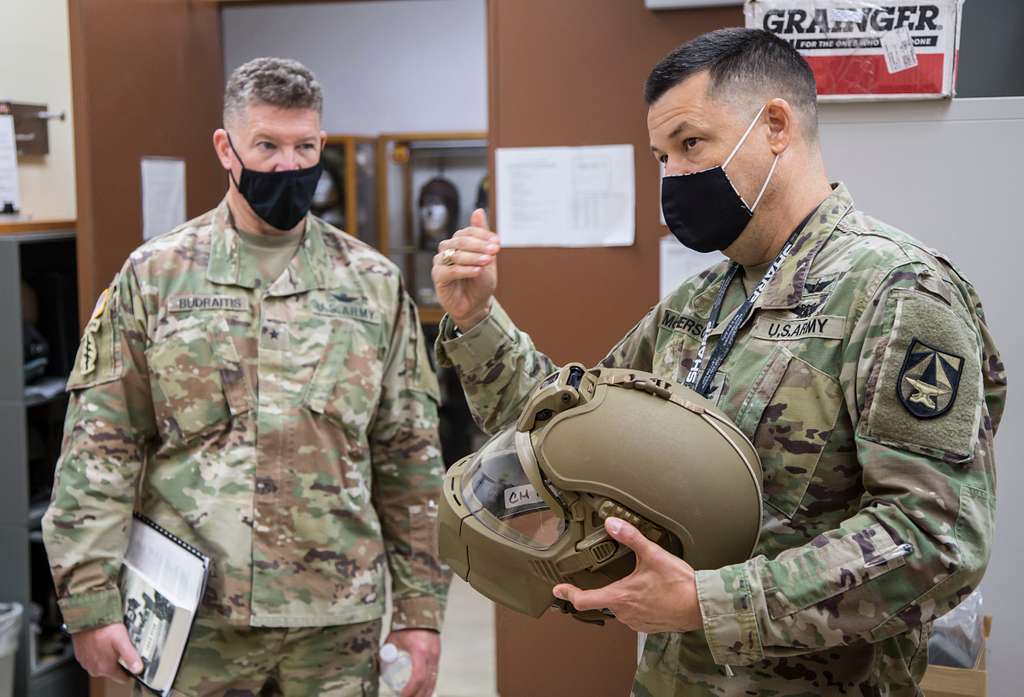Peripheral eyesight – glimpsing – strongly affects piloting decisions.
So, says Deborah Zelinsky, OD, founder and research director of the Mind-Eye Institute in Northbrook, Ill., speaking recently at the Aerospace Medical Association (AsMA) Annual Scientific Meeting, where she emphasized that standard eye testing alone for pilots is insufficient because it checks only the clarity of central eyesight when fixed on a non-moving target.
Peripheral eyesight can affect a pilot’s “how am I?” in flight, triggering physical reactions like tightening of muscles, speeding of heart rate, and increased adrenalin levels, and the “where am I?” causing changes in concentration, attention and awareness of surrounding environment, she explained during her presentation.
Her comments were intended not only to inform, but to underscore the crucial role of 21st century optometry in pilot eye testing. AsMA membership includes aerospace medicine specialists and pilots, flight nurses, physiologists, psychologists and researchers.
“Optometrists can impact brain function,” said Dr. Zelinsky, whose more than 30-year career has focused on neuro-optometric rehabilitation and development of advanced methods for assessing brain function. “Changes in luminance on the eye affect how the brain interprets and reacts to information about the environment and impact a person’s spatial awareness, body movement and selective attention to sound.”
Both standard eye testing and neuro-optometric evaluations are important, she said. A neuro-optometric examination considers many systems in addition to the traditional central identification of letters. Tests include peripheral navigation systems; isolation of eyes from neck movement; awareness of midline; spatial orientation; various perceptual pathways; sensory integration abilities; and visualization, among others.
Today’s eye testing needs to be seriously updated to include an evaluation of how environmental stimuli might alter a person’s use of his or her peripheral eyesight, she stated.
Highlighting the importance of the “mind-eye connection,” Dr. Zelinsky reminded meeting participants that they experience various stress factors in flight, such as hypoxia, fatigue, gravitational pull, spatial disorientation and visual illusions.
Autokinesis, for example, is a “false perception of movement caused by fixating on a bright light against a dark background, such as a bright star in the night sky,” she said. “To prevent this, a pilot should continually keep up a normal eye scan, vary the distances at which they focus and avoid fixating on any certain object for more than a few seconds.”
Other “illusions” can be created by the width or slope of a runway when landing an airplane, a “featureless terrain,” or rain and atmospheric haze on a plane’s windshield, she said.
“An absence of ground features, as when landing over water, darkened areas or snow, can give the illusion that the craft is at a higher altitude than it actually is. The pilot who does not recognize this will fly a lower approach,” she said.
As for runways, “the wider they are, the closer they will seem and the higher a pilot might fly.” Dr. Zelinsky said.
“Rain on the windscreen can cause a sense of being at greater height than one actually is; atmospheric haze may create the illusion of being farther from the runway.”
Dr. Zelinsky is internationally recognized for her ground-breaking work on the retina and the retina’s impact on brain function, physiology and mental health. Her patented research in novel uses of retinal stimulation has been described in publications and courses worldwide.
She developed the Z-Bell Test℠, a simple, but revolutionary, method of integrating a patient’s visual processing with listening. The test has allowed Dr. Zelinsky and her team to prescribe eyeglasses that normalize the balance between a patient’s central and peripheral processing receptors in the retina, while improving the connection between eyes and ears.
“Using the proper mix of filters, lenses and/or prisms, we can readjust a patient’s visual balance and eye-ear integration,” she said.
As early as the 1920s, Dr. A.M. Skeffington, considered the “father of developmental optometry,” noted that “sharpening central eyesight often distorted peripheral eyesight” and that “clarity alone was not necessarily the optimal endpoint,” Dr. Zelinsky stated during her AsMA presentation.
“We must leave 20/20 in the 20th Century by revolutionizing the way eye-prescribing is performed, using our advanced, 21st century knowledge and the state-of-art, computerized technology now available to us – technology that was non-existent in 1862 when 20/20 eyesight testing and standards were introduced,” she concluded.

Media
Peripheral Sight Plays Key Role in Pilots’ In-Flight Decisions
Mind-Eye Optometrist says 20/20 eye exams are not sufficient for pilots
